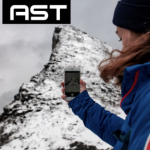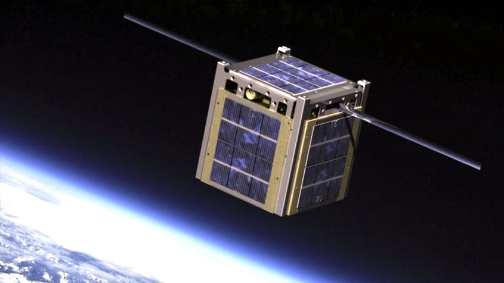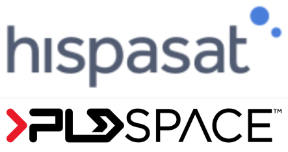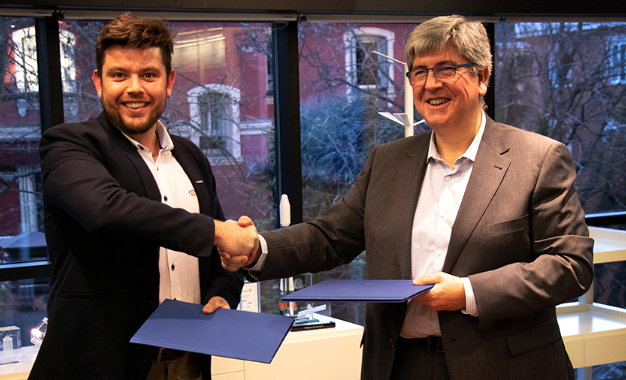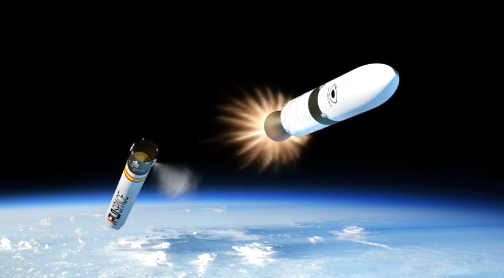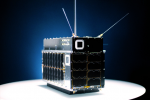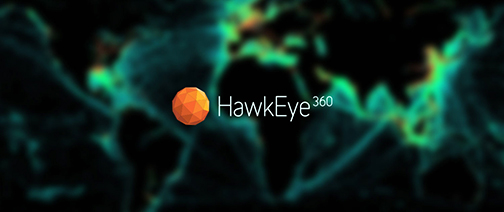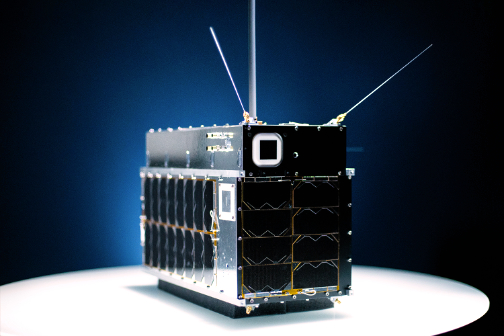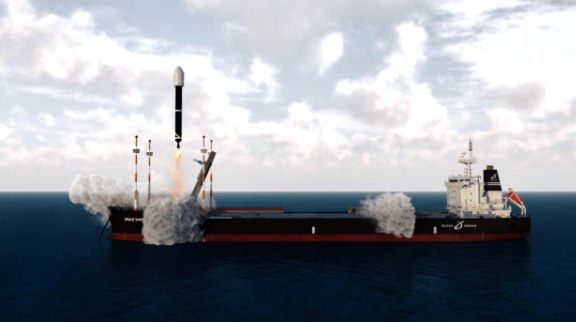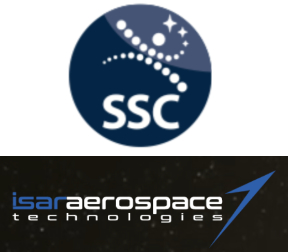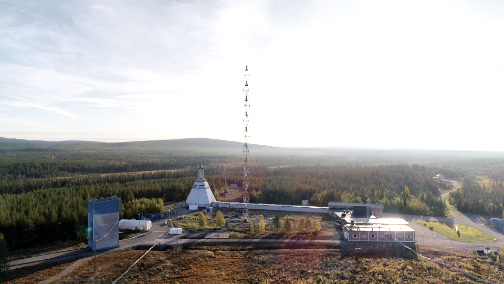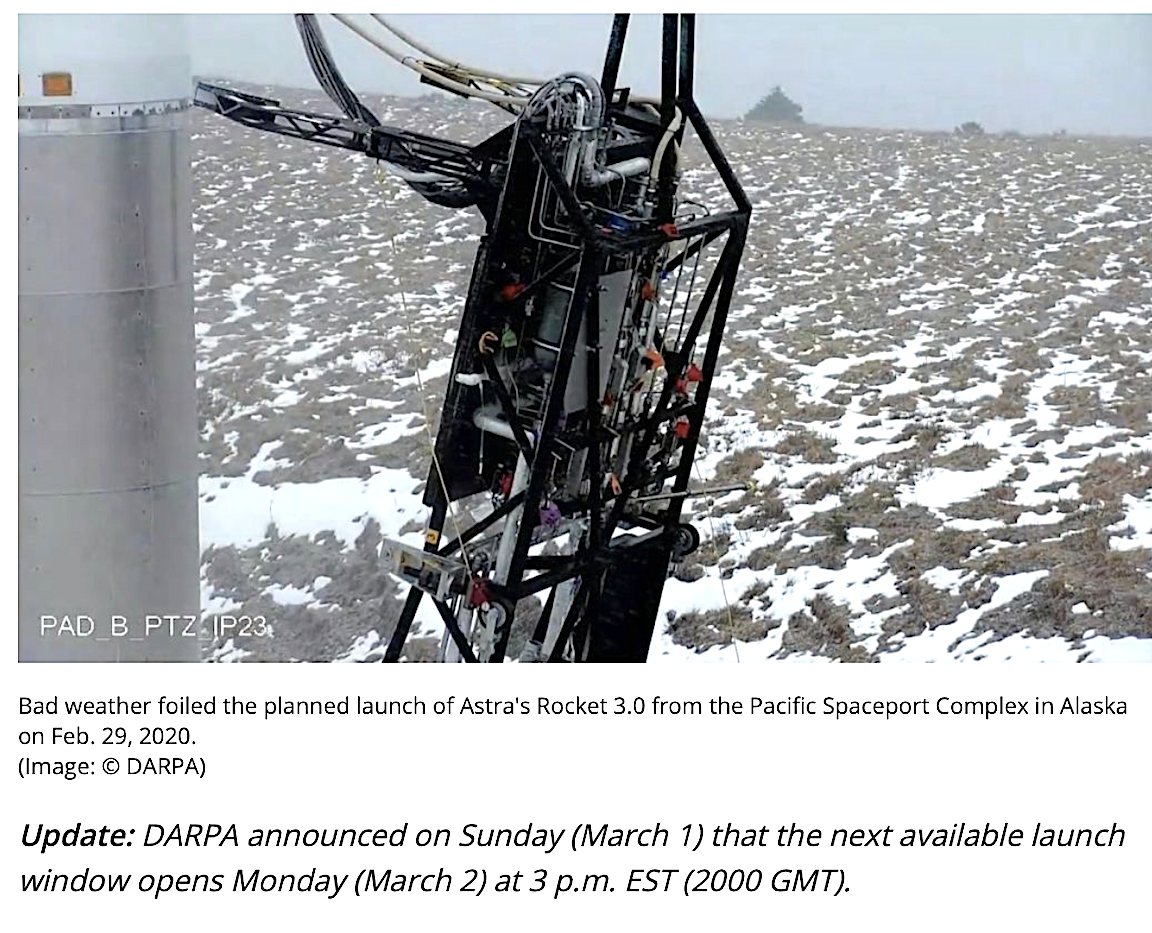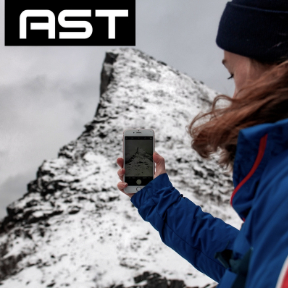

Rakuten and Vodafone have become the lead investors in a venture to extend mobile coverage to more people and devices across the planet, using the first mobile broadband network that will be broadcast from space.
Branded SpaceMobile, the LEO, low-latency satellite network from AST & Science will be the first in the world to connect directly to standard smartphones. The company holds an extensive patent and IP portfolio for its ground and space technologies.
AST & Science will initially offer 4G services to partner networks globally, with 5G delivered in the future. The SpaceMobile network will enable seamless roaming to and from terrestrial cellular networks at comparable data rates without any need for specialized satellite hardware.
In addition to its investment in AST & Science, Vodafone has agreed to a strategic partnership and will contribute technical, operational and regulatory expertise in support of the global deployment of SpaceMobile.
AST & Science successfully tested its SpaceMobile technology aboard the BlueWalker 1 satellite, launched in April 2019, and has been further validating the technology following that initial flight. This new investment brings the total capital raised by AST & Science to US$128 million, including the early investments from Cisneros and founder Abel Avellan. Barclays served as financial advisor to the company.
Abel Avellan, AST & Science chairman and CEO, noted that SpaceMobile will be particularly transformative to the growing US$1 trillion annual global mobile market because it will eliminate the coverage gaps faced by today’s five billion mobile subscribers moving in and out of connectivity every day. It will also help the world’s most under-served communities to access the latest mobile services much sooner than predicted, helping more people to access the digital economy.
Nick Read, CEO, Vodafone Group, said that the company wishes to ensure everyone receives the benefits from a digital society – that no-one is left behind. The company believes SpaceMobile is uniquely placed to provide universal mobile coverage, further enhancing the firm’s leading network across Europe and Africa – especially in rural areas and during a natural or humanitarian disaster – for customers on their existing smartphones.
Mickey Mikitani, Chairman and CEO of Rakuten, Inc., added that AST & Science’s SpaceMobile venture is a perfect fit for the firm, whose investment is part of a broader strategy to become a leading mobile network operator in Japan and a global solution provider to markets around the world. Rakuten’s strategic investment with AST & Science has the potential to support Rakuten’s efforts to connect users across Japan through mobile innovation, expanding national coverage from metropolitan to remote areas and bolstering the network in times of natural disaster.

